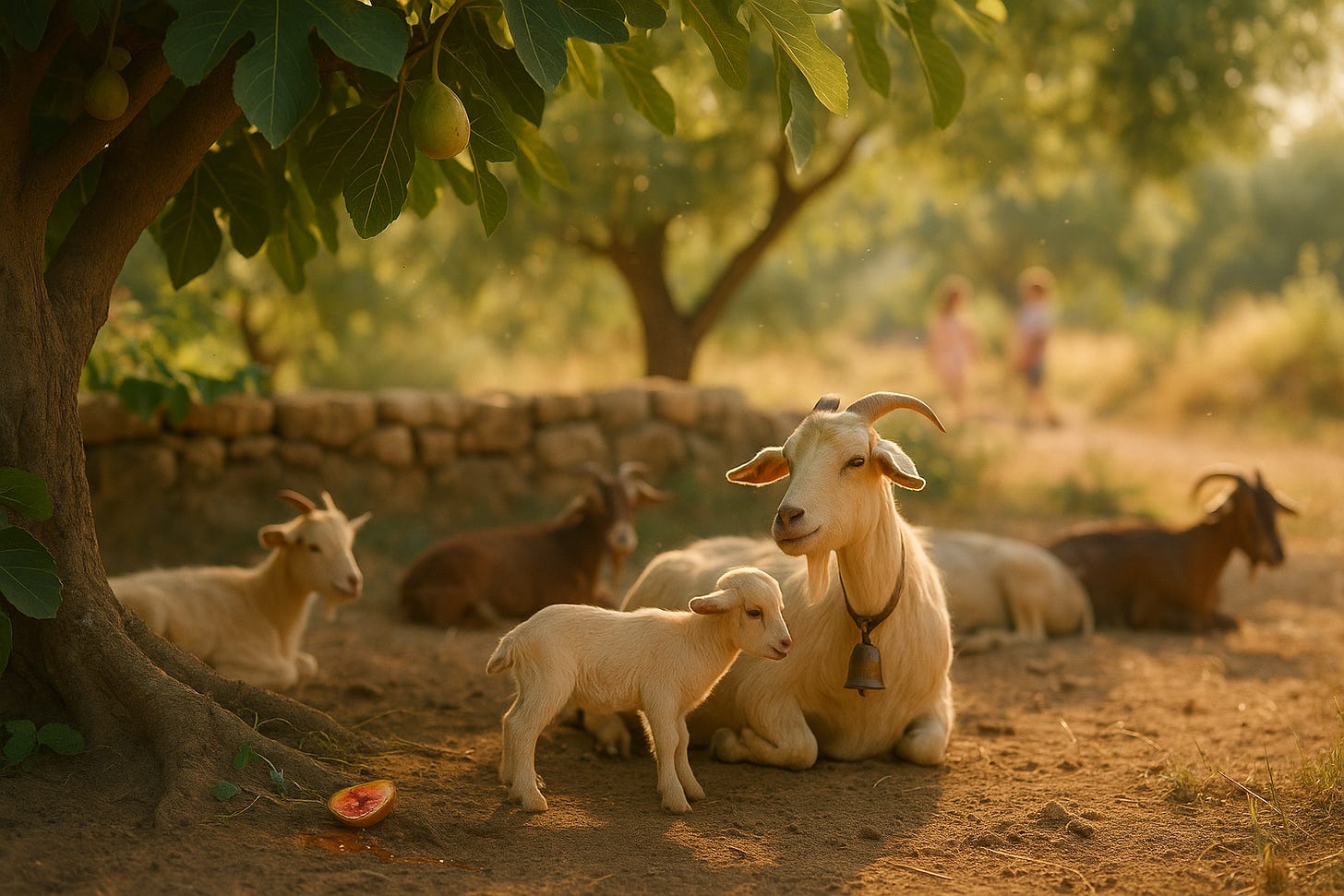The Torah provides great detail in describing the procedure of mitzvas bikkurim. A farmer gathers the first fruits, brings it to Yerushalayim, and tells the kohen, “Higadti hayom laHashem Elokecha”. Then he recites the nation’s memory, Arami oved avi, Egypt’s oppression, the chesed of yetzias mitzrayim, and the simple truth of history, that God brought us “to this place” and gave us an eretz zavat chalav u’devash. That phrase is a promise kept and the bounty in the basket is a clear token of our gratitude.
The farmer concludes the bikkurim with a tefillah, Hashkifah mim’on kodshecha min hashamayim u’vareich et amecha Yisrael (look down from Your holy abode in heaven and bless Your people Israel), for the eretz zavat chalav u’devash.
In the Torah, Eretz Yisrael is often called “a land flowing with milk and honey.” This phrase appears 3 times in our Parashah.
Surprisingly, the phrase never appears in Sefer Bereishis, which is when Hashem spoke to the Avos about the gift of this land. Inste…
Keep reading with a 7-day free trial
Subscribe to Shui’s Newsletter to keep reading this post and get 7 days of free access to the full post archives.



